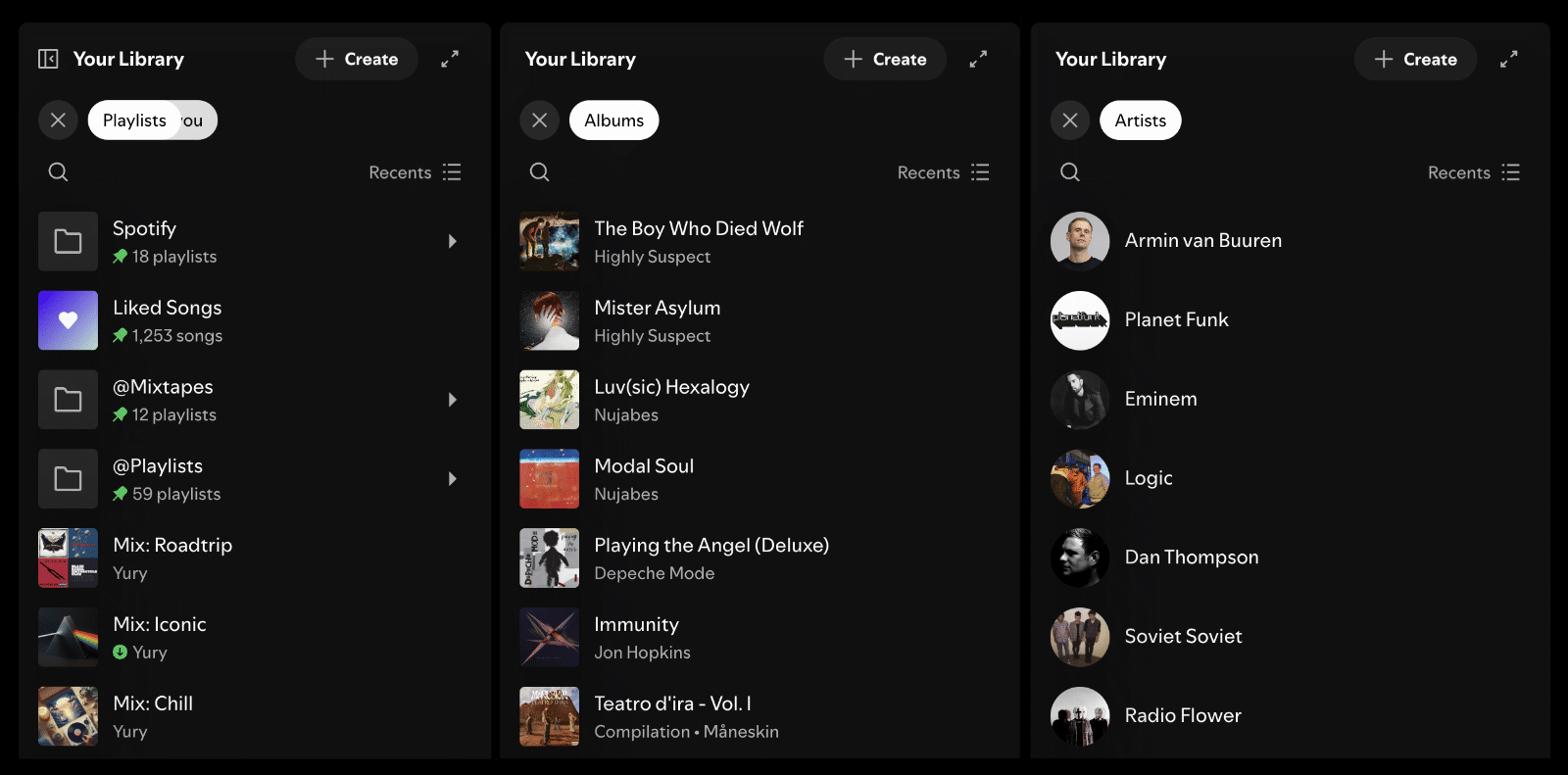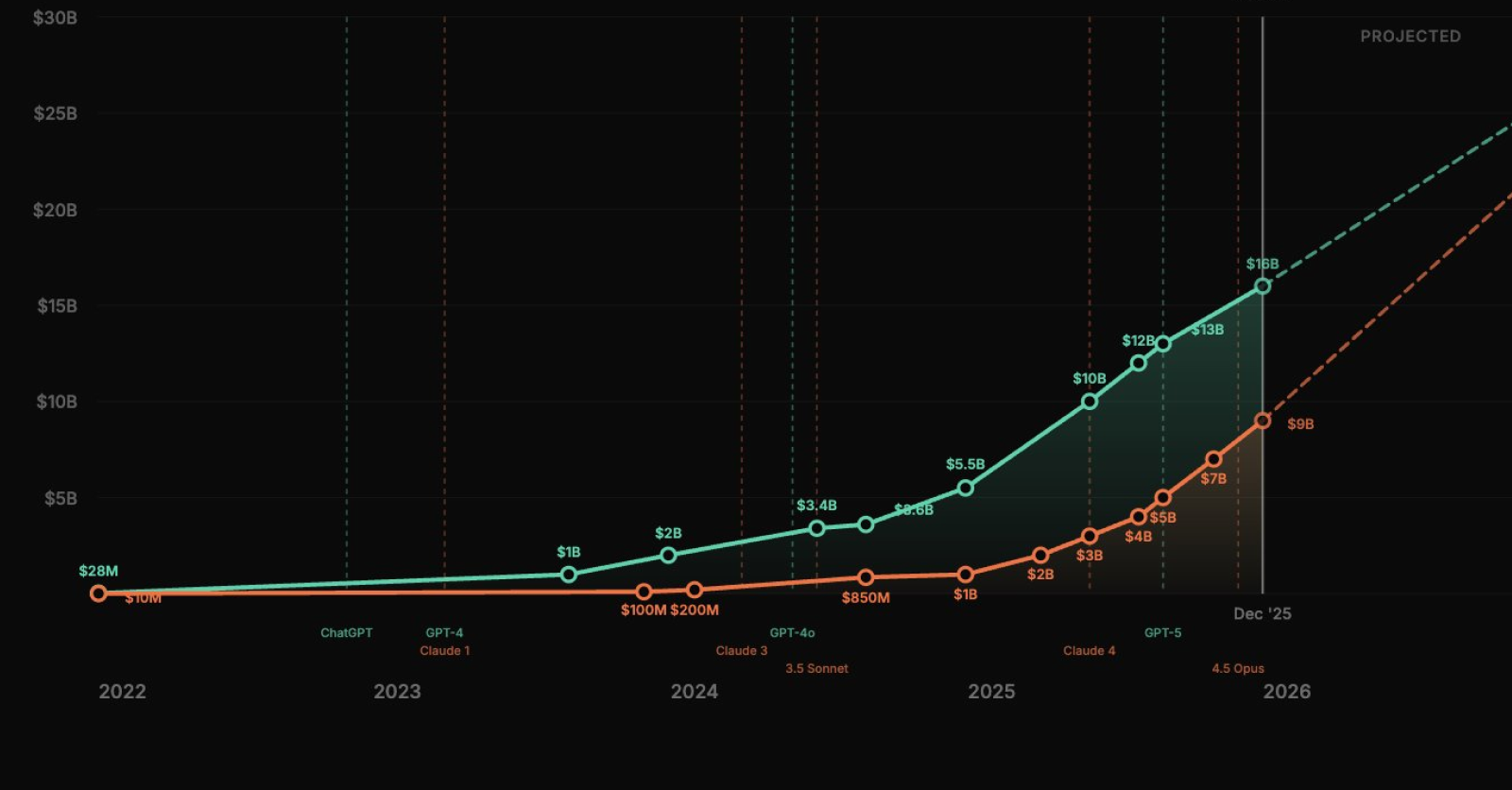Retro Tech Became the New Luxury
People buy retro devices to feel control and do it so much they became luxury products.

YouTube is full of videos with people trying to replace their iPhone with half a dozen devices. They carry an iPod for music, a dedicated camera to take photos, a Kindle for reading, a notebook for thoughts, sometimes even a flip phone for calls.
Companies are selling minimal phones, like the $599 Light Phone that can do only a few things and won’t let you get you an Uber. The market for old point-and-shoot film cameras is so hot that Pentax and Lomo are now making brand-new film cameras and some people are buying up old digital ones. Kylie Jenner and Zendaya made Contax T2 so popular it costs $1000 now.
A used iPod Classic in good condition can sell for $200 on eBay and there are now dedicated companies that repair and retrofit them on-demand, like Elite Obsolete and Retrospekt. Batteries, screens, buttons, cases: all third-party parts are easy to find. The only limiting factor is the motherboards, so they depend on how many iPods Apple originally made.
There’s an old line: “There are only two ways to make money — bundling and unbundling.” The iPhone was the ultimate bundle, merging half-a-dozen devices into a single one and became so ubiquitous there’s now a counter-culture reaction to it. This return to separate, single-purpose devices is part retro nostalgia, part rebellion against being constantly online.
There’s an entire industry emerging around digital minimalism, complete with manufacturers, celebrities, influencers and cults. Some of them hardcore cultists and you instantly believe them when you see them. Some are geeks who like using a particular gadget.
Why do people seem to want it so much? There’s an article describing and naming a particular phenomenon anemoia:
Anemoia is the feeling of nostalgia for a time or place that one has never experienced
Most Gen Z never owned a digital point-and-shoot. Younger millennials didn’t grow up with vinyl. They’re experiencing nostalgia for a world they never inhabited. It makes them perfect customers. Because anemoia doesn’t just make you want the experience, it makes you want the object that represents it. The influencers aren’t lying when they say their iPod reignited something. It probably did. But they’re selling the object as the solution to a feeling that actually predates the object.
But I did own a point-and-shoot and only had a primitive cellphone for most of my childhood. What I didn’t have is an iPod, so I bought one myself a month ago to try it out.
And you know? It’s an awesome device and very fun to play with. The interface is fast enough, but also beautifully skeuomorphic and amazingly logical. It has all the features and functions you need to keeping and listening to your music library. Its design looks like it belongs in a digital museum (in a good way).
I already had a small MP3 library and bought more through iTunes (still the easiest way, and the files are DRM-free). People often recommend Bandcamp, but nobody except indie artists use it.
I get the sentiment. iPod is almost like vinyl, which is another trend of the last decade (sales started growing again after 2020). You have a limited library, so you end up listening more carefully and rediscovering the albums you already had. And you stop skipping every 15 seconds, because it’s not too convenient. Unlike vinyl though, the iPod gives you much better sound quality and much cheaper to run. But here’s the thing: it still spends most of its time on the shelf.
The truth is, Spotify can offer something similar if you just use it more deliberately. You can get all these benefits without the performance, the price, or the dependency on influencer trends.
Create one playlist for your absolute favorites and don’t treat “Liked Songs” as a library; it’s just a collection bin. Then, create playlists for favorite artists and specific moods, like training or reading. There are buttons at the top allowing you to filter between Playlists, Artists and Albums in your Library persistently. Just use this.

And if you want ownership, you can actually keep a library of MP3 files and listen to them on your phone. You don’t need an iPod for this! You can either upload your files to Spotify or Apple Music, or listen locally through apps like Evermusic, Flacbox, or Plexamp.
The entire market of digital minimalism exists because people feel powerless. But selling someone control is just repackaging the same problem, whether it’s a $599 Light Phone or an influencer’s perfectly curated iPod moment. You’re still buying your way to peace through things.
If you liked this article, subscribe to get new content right in your inbox! I also run a weekly newsletter with five amusingly interesting links on technology, history, and culture.




